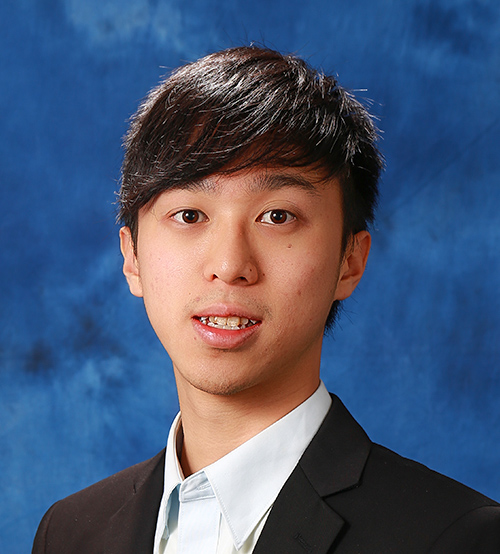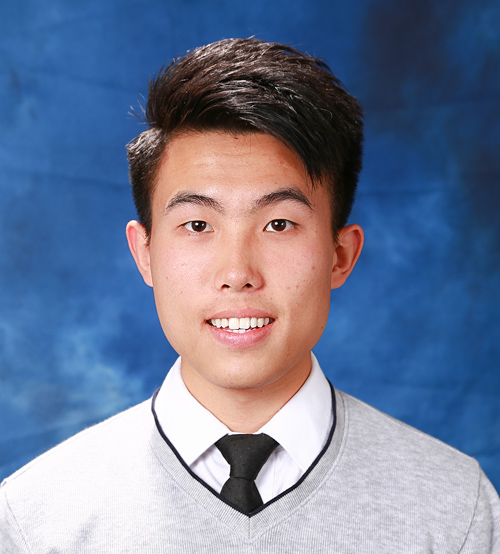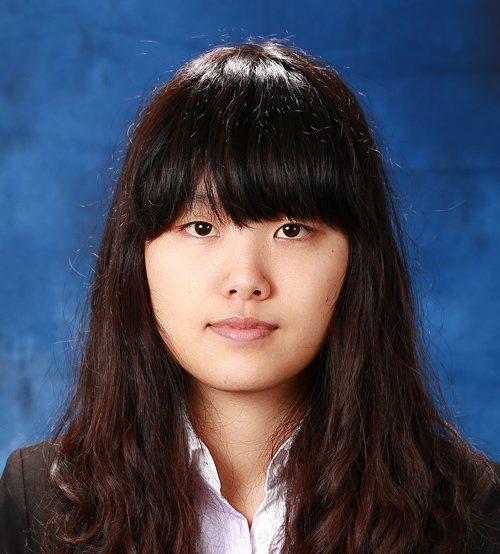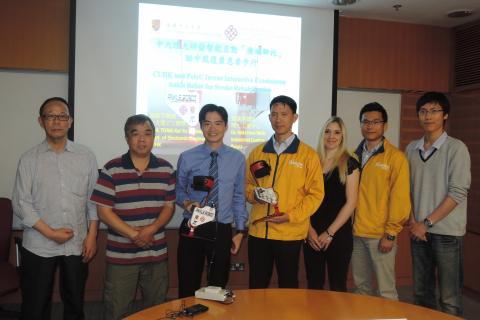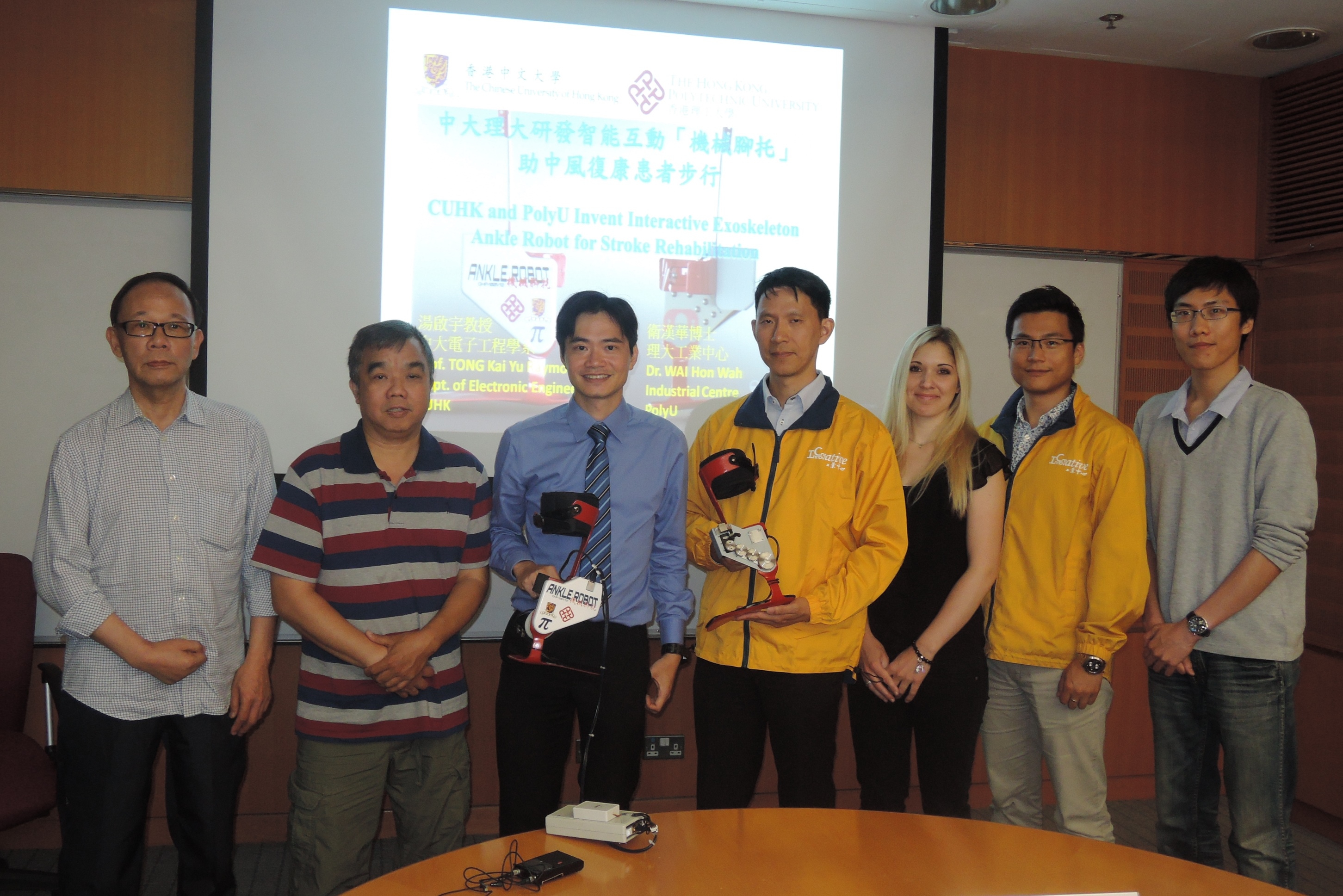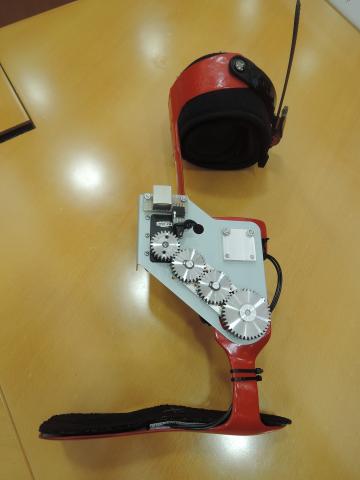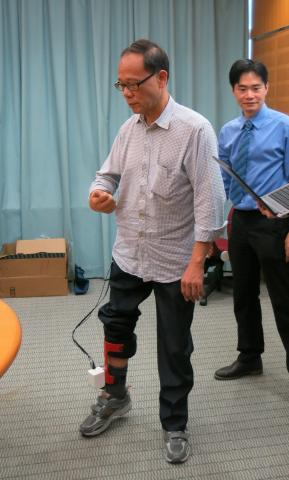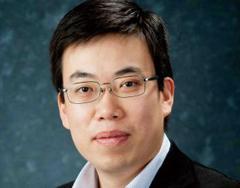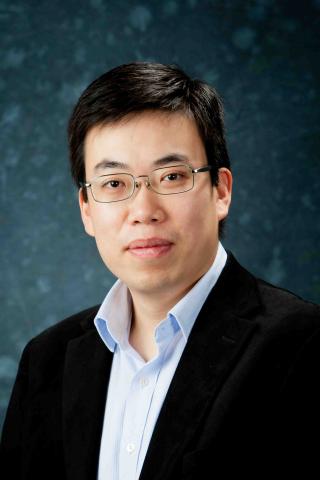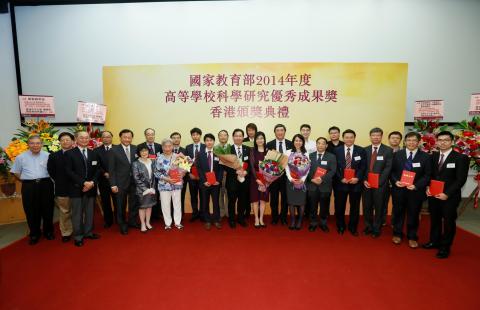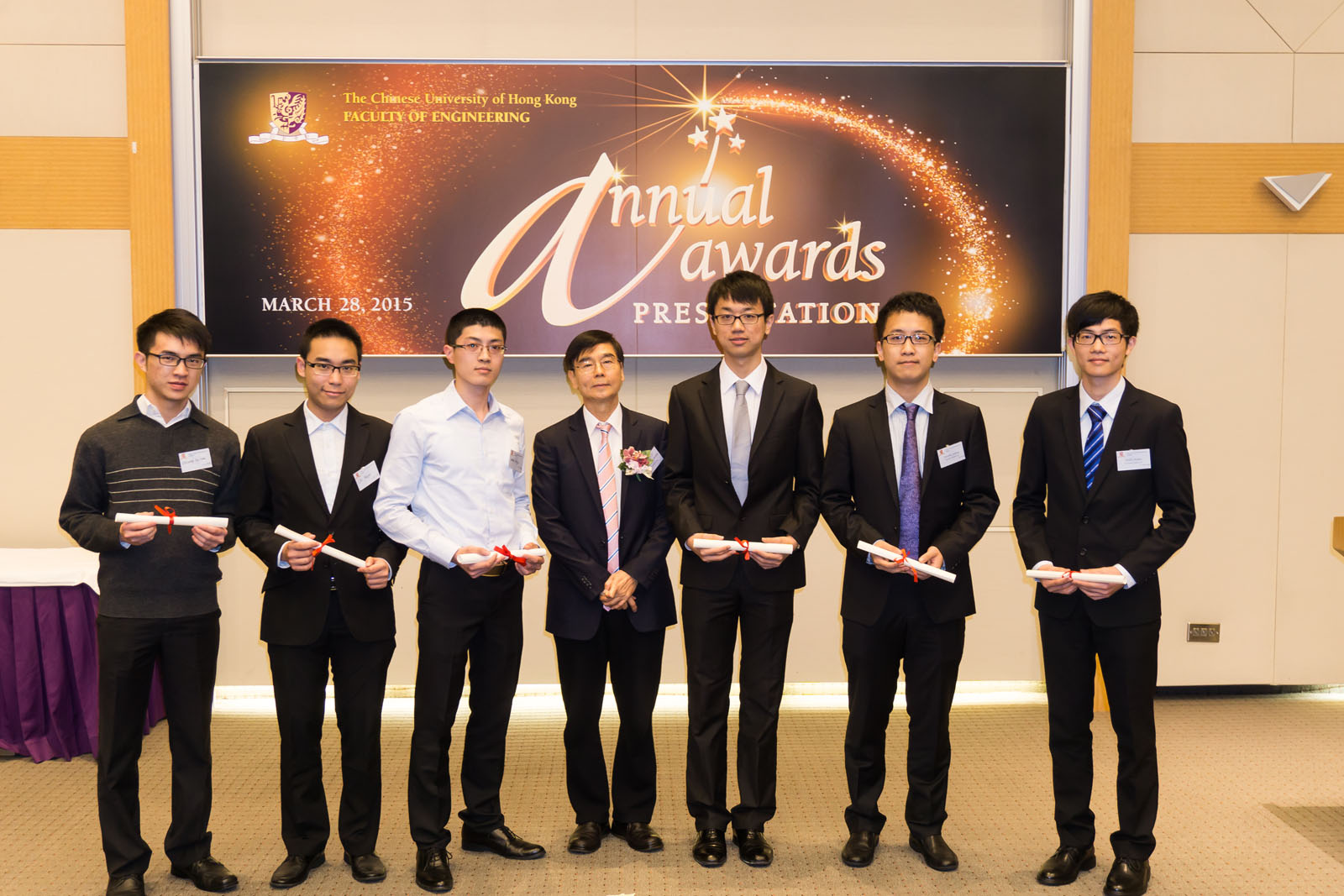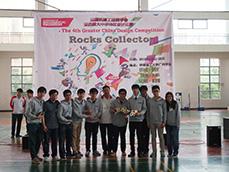Researchers at the Faculty of Engineering, The Chinese University of Hong Kong and The Hong Kong Polytechnic University have jointly devised an Interactive Exoskeleton Ankle Robot for rehabilitation of stroke patients with foot drop problem, or people with muscle weakness or joint problem in the ankle. The device will help users to walk safer in both indoor and outdoor environments. Drop foot is a neuromuscular disorder that affects a person’s ability to raise the foot at the ankle, resulting in the foot dragging on the ground during walking. This gait abnormality is common among stroke survivors. Foot drop symptoms often involve steppage gait and outward leg swinging which increase risks of falling and ankle spraining. Conventional rehabilitative walking exercises are of high intensity and repetitive, which are physically demanding for both the patients and the therapists. Patients are also usually recommended to wear an ankle foot orthosis (AFO) to passively support the drop foot during swing phase. However, AFO has limited therapeutic effect and imposes undesirable restrictions on ankle range of motion. The new interactive Exoskeleton Ankle Robot is developed by Prof. TONG Kai Yu Raymond of the Department of Electronic Engineering, CUHK and Dr. WAI Hon Wah, Industrial Centre, PolyU. This active robotic system is light in weight and easy to use, with motion sensors and force sensors embedded. It can be fit on a patient’s shank to serve as an exoskeleton (external bone) to help the patient control his/her leg. The robot can sense a user’s gait pattern with its motion and force sensors, and analyse the kinetic and kinematic gait parameters to predict the user’s next motion. The robot will then provide power assistance to support ankle joint movement during walking or going up/ down stairs, with proper feedback to enhance the quality and speed. Prof. Tong said, ‘The robot can be used daily for intensive repetitive gait training and programmable walking exercises for stroke rehabilitees. The embedded sensors of the robot can save and transmit a user's walking data to the computer for the physiotherapist to design custom-made walking exercises, and adjust the exercise in phases. The system can encourage patients to walk more frequently and help them reconnect to the community’ Prof. Tong said, ‘Compared to conventional AFO, the Exoskeleton Ankle Robot is intelligent and interactive in nature, while another assistive device, Functional Electrical Stimulation (FES), is only suitable for patients with better walking performance. Our robot is targeted to serve 70-80% of stroke patients, and is also suitable for walking up or down stairs.’ Dr. Wai said, “One of the engineering challenges is to build a compact and lightweight system, therefore we have invented a new design with gear system which interact with the motor, and also designed a carbon fiber structure with leg length adjustment to fit different user leg length.” CUHK will participate in the Medical Devices and Supplies Fair 2015, organized by the Hong Kong Trade Development Council, from 18 to 20 May at the Hong Kong Convention and Exhibition Centre. Members of the industry are welcome to visit CUHK’s booth (Booth No.: 3F E01), to learn more about the Interactive Exoskeleton Ankle Robot and other innovative projects. |
|

